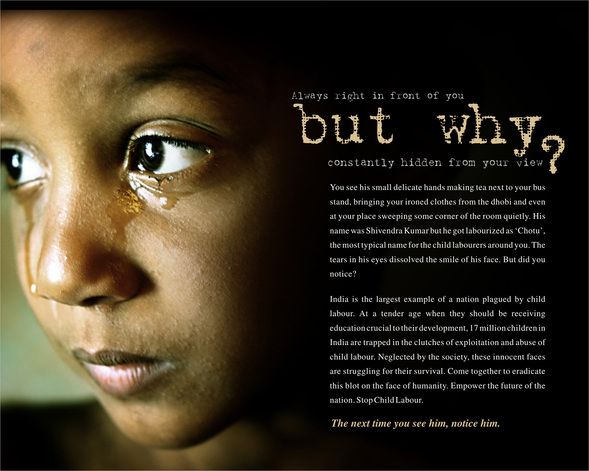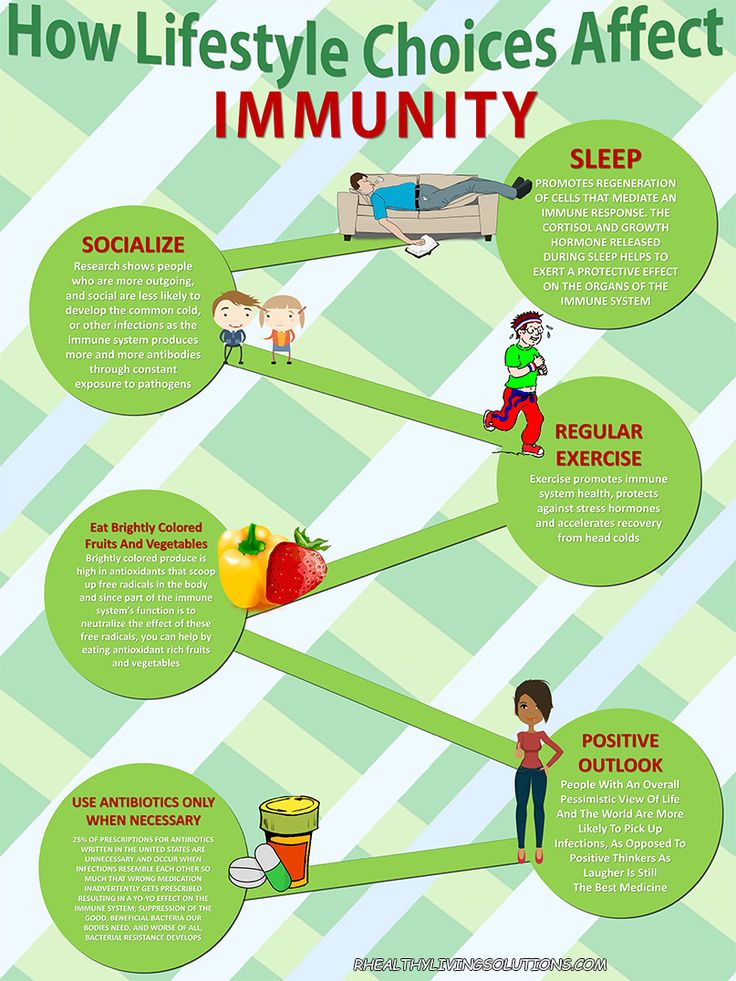How to improve focus in a child
6 Simple Ways to Improve Your Child’s Focus
Trouble focusing can be a long-term or short-term challenge. Either way, it makes learning hard. It also impacts everyday life.
You can’t always change the circumstances that make it hard to focus. But there are ways to help your child cut through distractions and get things done.
If staying focused is hard for your child, try these six strategies.
1. Jump right into projects.
The longer you put off starting a task, the harder it can be to focus on it. That goes for projects for school and around the house.
That doesn’t mean your child has to do everything at once, though. To make it easier to get started, try breaking tasks into chunks. The important thing is to not delay getting started.
2. Limit directions to one or two at a time.
When kids struggle with focus, it can be hard for them to listen to, remember, and follow through on directions. So try not to overload your child with too many directions at once.
Let’s say it’s time for homework. You might tell your child to check the assignment book, get out the right materials, and start working. If that’s too much for your child to focus on and keep in mind, break it down into single steps.
3. Set a timer.
Knowing there’s a limit to how long they have to stay focused can make it easier for kids to hang in there. Set a timer for how long your child needs to work before having a quick snack or taking a break. You can increase the amount of time little by little as your child gets better at focusing.
4. Try mindfulness.
Mindfulness exercises are all about paying attention and focusing. Studies have shown that mindfulness can help kids improve their behavior and their ability to focus on lessons and on schoolwork.
One way to practice is to sit quietly and focus on breathing in and out. Taking even a few deep breaths before class or a test could make a difference.
5. Be open to what works.

Some people need total quiet to focus. Others do better with noise. That’s why it’s important to ask kids what works best for them.
Maybe your child wants to listen to music while doing homework. Give it a try and see how it goes.
6. Direct focus back to the task.
Even when using these focus techniques, kids might still get distracted. That’s why they also need strategies to get back on task once they’ve drifted.
Come up with a signal for when your child’s mind starts to wander. It might be putting a hand on your child’s shoulder or saying a specific word. Tell your child’s teacher you’re trying these strategies at home.
Other ways to help your child focus
There are lots of other strategies, techniques, and low-cost tools you can use to help your child with focus at home.
- Discover different types of fidgets, including ones you can make.
- Try free graphic organizers to help your child get through reading, writing, and math assignments.

- Learn ways to break down writing assignments so they’re easier to focus on.
Struggling with focus or any other skill can take a toll on a child’s self-esteem. Praise your child’s hard work to improve focus. Point out even small improvements. And let your child know that focus skills can get better.
And remember to talk about your child’s strengths, not just challenges. Celebrate focus wins, big and small. When kids understand what they’re good at, it builds confidence and helps them stay motivated when things get tough.
Related topics
Focus and attention
Strategies and tips
10 Tips to Increase a Child's Concentration
Can your kid focus his or her attention on tasks, chores or studies?
For most kids, it is difficult to focus for more than a few moments on any task, and that’s quite natural, due to their curiosity, exuberance and energy.
Concentration and focus are essential for studying, for homework and for the completion of any task.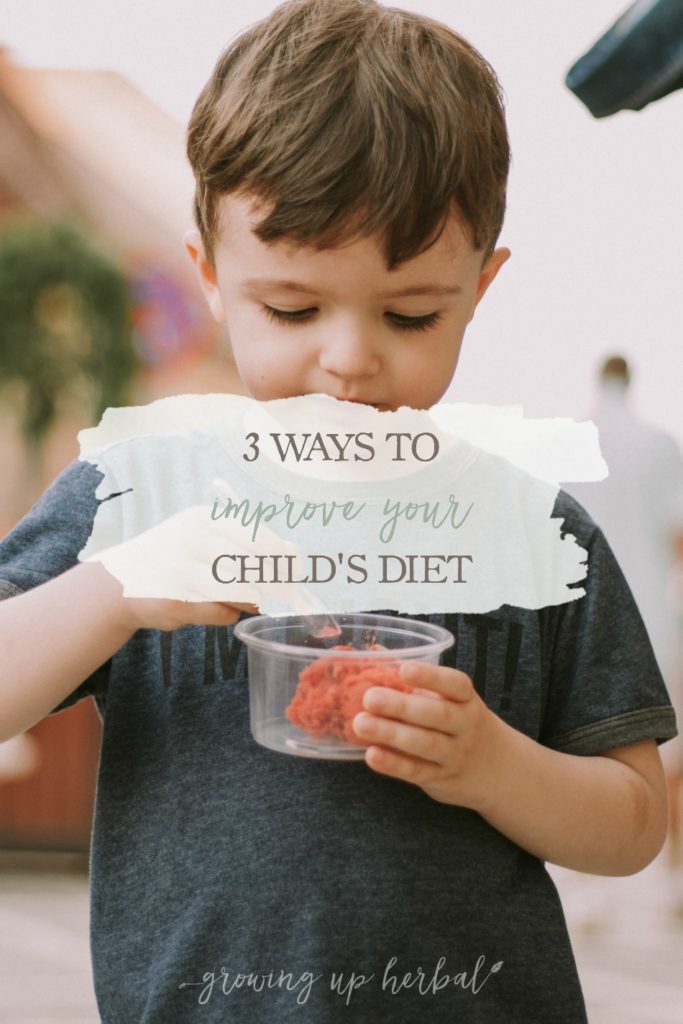
Grown up people can improve their concentration with special exercises, however, with children, one needs to use different strategies.
You can help your child increase his or her concentration in various ways. You can teach your child certain habits and rules, which would make it easier to focus and become less restless. This would help with preparing homework or carrying out tasks.
I would like to offer here 10 tips to help your child focus better.
1. Reducing Distractions
Unless engaged in something they really like, children might find it difficult to screen out distractions.
You need to keep the environment where they learn, study or carry out tasks, as distraction-free as possible.
Be especially wary of television, loud music, noises, and anything else that might distract the child’s attention.
2. Television and Cell Phones
It is not a good idea to watch TV while doing homework, since this distracts the attention. Text messages and the social media also interrupt the concentration. Encourage and teach your child not to read text messages or use cell phones, while studying and doing homework.
Text messages and the social media also interrupt the concentration. Encourage and teach your child not to read text messages or use cell phones, while studying and doing homework.
3. Doing Homework at the Same Hour Every Day
Please Share This Post.
Repeating the same activity every day at the same hour, eventually, turns it into a habit.
If a child sits down for homework every day at the same hour, after a while, when the hour comes, there will be less effort required to focus. The mind will know that the time for homework has arrived, and would be more willing to study.
4. Give Them Enough Physical Activity
Some physical activity, like playing, running or some sports, between study and tasks, would supply a way to vent out extra energy.
This would help the child to be less restless, offset boredom, and make it easier focus.
5. Let Children Have Play and Fun
Giving children too many tasks and involving them in too many activities can be overwhelming and tiring for their brains.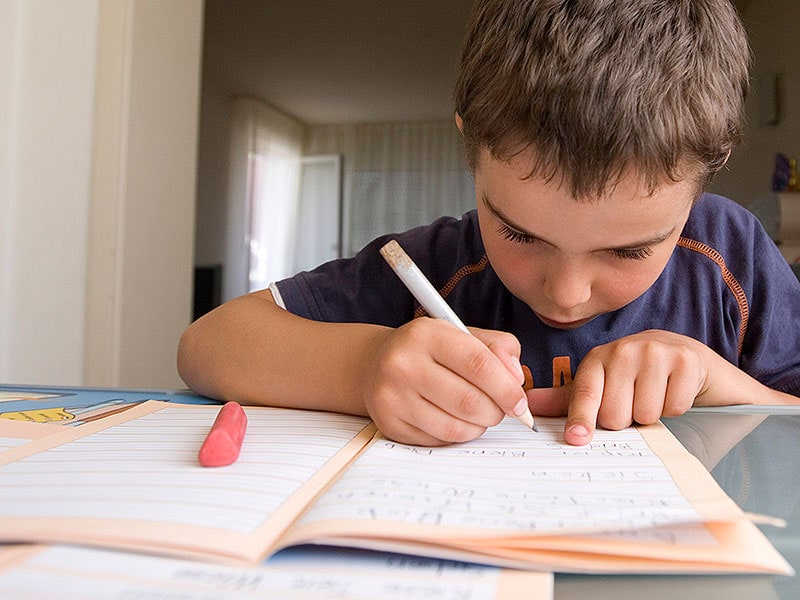
As a parent, you should allow them enough time for pleasure and fun, so they don’t feel too pressurized.
6. Enough Rest
Ensure that the child gets enough sleep at night, and also, some rest during the day.
7. Set Time for the Completion of a Goal
Set the time for completing a goal. This could be ten minutes, twenty minutes, etc. This can force the kid to focus, so as to finish the goal within the time limits.
However, you should be careful with this, since some children might find setting time limits too pressurizing, and this could cause them anxiety and disturb their focus.
8. Let Them Play Games that Require Focus
You can train and strengthen a child’s ability to focus by playing games that require thinking. There are a lot of such games, which you can find in stores selling games for children.
Playing games that require focusing, planning and the use of memory combine fun with concentration.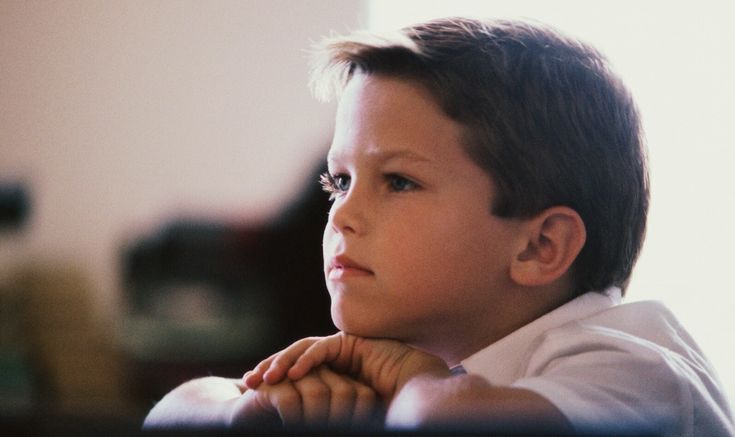
9. Allow Some Time before Beginning a New Task
When your child is busy, tell him what he has to do next, but allow a few minutes of rest, between finishing the task and starting the new one. This would prevent tension and inner resistance.
10. Divide a Big Task into Small Tasks
A big task requires too much concentration and discipline, so it would be a good idea to divide it into smaller tasks. This could be applied to homework, housework and learning new skills.
Carrying out small projects, which lead to the completion of a major project, makes the project less intimidating and easier to focus on, and it also bestows the feeling of progress and movement.
A big task that requires time, dedication and focus, might seem intimating and overwhelming, and can awaken reluctance and procrastination. A small task seems easier to carry through, and it creates less resistance.
Set a Personal Example
If you wish to help your child, you need to set a personal example.
You need to improve your own focus. Then, you will be in a better position to teach.
You can find all the instructions, guidance and exercises for strengthening this skill in our book about this topic.
More articles:
The Power of Concentration
Articles about Concentration and Mind Power
About the Author
My name is Remez Sasson. I am the author and creator of SuccessConsciousness.com, which I have been running since 2001. Join me on a fabulous journey to self improvement, happiness, success, positive lifestyle, conscious living and meditation, through my website, articles and books.
Follow on: Facebook Twitter Pinterest Instagram Linkedin
Thank you for reading! To support my website and work, please click on the button below! Thanks in advance!
Buy Me a Coffee
Please Share This Post.
Source: http://klass617.narod.ru/0x/0-8 Tips for Parents of first-graders: 1. Branch the child in an effort to become a student. 2. Discuss with your child the rules and regulations they will meet at school. 3. Make a daily routine with the first grader and follow it. 4. Do not skip the difficulties that a child has at the first stage of education. 5. Support the first grader's desire to succeed. 6. Praise and emotional support (“Well done!”, “Good!”) can increase a person's intellectual level. 7. Seek advice from a teacher and a school psychologist. 8. Respect the first grader's opinion of your teacher. Tips for developing attention in a child In order to develop attention, it is necessary to know its basic properties and the degree of development of these properties in a child. 1. Amount of attention - the number of objects that a child can perceive at the same time. Attention span develops with age. Up to 3-4 years old, a child can perceive only one object, usually something bright and unusual. At the age of 5-6, there may already be several such objects, usually 2-3. To check the amount of attention, do a simple test: lay out several objects (10-12) on the table, cover them with something, such as an opaque cloth, then remove the cloth for 3 seconds, ask the child to remember which items are on the table, and cover again their fabric. Then ask the child to name the items they remember. 2. Concentration of attention - a property characterized by the ability to keep attention on one subject without being distracted by others. To develop concentration, try to engage with your child in some activity that requires concentration in a noisy environment, for example, turning on music. At the same time, you can constantly complicate the task by making the music louder and louder. 3. Switching attention - the speed of transition from one type of activity to another, this property of attention requires volitional effort. Distractedness is associated with poor switching of attention, which can be exacerbated by fatigue and chronic diseases (for example, adenoiditis, in which nasal breathing is difficult and the brain does not receive enough oxygen). A child, especially an impressionable one, sometimes cannot concentrate on completing a task for a long time due to the memory of some strong image. Switching and attention span in young children are poorly developed. For their training, there are special exercises. For example, a younger student can be offered a game of "corrector". The child is given a sheet of letters (you can take an ordinary newspaper), on which he must cross out one letter, circle another, and skip all the rest. For preschoolers, instead of a newspaper, you can take a sheet with rows of geometric shapes of various colors. The degree of development of volume, concentration and shifting of attention largely depends on the success of a child's education at school. Guess the word game. Several people play, one player goes out (“leader”), others make up a word. It must be a noun, for example, the word “house”, “leader” must guess it, with the help of hints, and only three people can tell him, and then not directly, but indirectly. In order to guess the first letter, in our case, it is the letter "D", those who prompt call each by the word that contains the letter "d". For example, one says "board", the second "dresser", and the third "rainbow" - a little effort, and the first letter is guessed. Then they move on to the next letter and so on until the word is guessed. Exception game. An adult will name, say, plants, a child should listen carefully, and as soon as an animal is named among the plants, he should jump. Game "What has changed?". The game requires 5-6 children. One child is chosen, he “leads”, the “leader” examines the children for 1 minute, then turns away or leaves the room. Numbers-figures game. This is a game for the amount of attention, teaches you to do several things at the same time. An adult calls several numbers (3-4) and at the same time shows pictures with geometric shapes. The child must remember and name both numbers and shapes. To improve concentration, you can perform various tasks according to the given model. For example, draw a pattern. The beginning of the pattern is given as a pattern, and all components of the pattern must be repeated. Attention span exercise. The adult gives the child the task of drawing triangles, and when the child draws, he claps his hands. The child must draw as many triangles as possible and name the number of claps. Pictures develop attention well, in which you need to find a certain number of differences. A few tips for parents: - during class, don't be an aloof spectator, take an active part in the games, show your emotions; - when giving instructions to a child, make sure that it is specific, understandable and consistent; - tasks should be selected so that the child is interested, that is, they should slightly exceed the child's skills at the moment; Do not blame your child for inattention and do not compare him with other children, but simply help him develop his attention. Memory development in schoolchildren In order to help your child memorize learning material more easily and effectively, all factors must be taken into account. Therefore, try to determine what type of memory prevails in your child. But still remember that sometimes it also happens that the memory of a student can be mixed. Naturally, it is necessary to take into account how the child remembers school material more easily. But it is desirable not to concentrate only on one type of memory, but to develop everything little by little. The development of memory in schoolchildren involves memorizing material in different ways. For example, when helping your child with homework, try to read aloud to your child one day, and the next day ask him to read to you. Try to use pictures, diagrams, drawings when doing your homework. Have your child say the answers out loud. Thus, the child will develop all types of memory, and after a while it will be much easier for him to memorize school material, to answer in the lessons. Do not forget to review what you have already learned with your child, for example, at first every day and then once a week. Also, be sure to come up with examples for the material that you are studying with your child. Since it is very important that the child does not memorize the material, but understands it. When studying any material, it is essential to take short breaks, because children get tired quickly. Teach your child to look for basic concepts in the material that will help the child quickly navigate and quickly remember all the material. Memory development exercises: In order to develop a good memory in a child, you need to teach him to memorize and study the material correctly, as well as simply develop memory and associative thinking. For this purpose, simple task games are suitable. For example, play illogical associations with your child. To do this, think of a few unrelated words (elephant, shop, bicycle, grandfather), and the child must come up with a story in which these words will be used. You can also offer the child some pictures, he should look at them for about thirty seconds, then you hide the pictures, and the child should draw what he remembers. You can come up with most of the games yourself, but the main thing is that the sooner you start developing your child's memory, the easier it will be for him to learn in the future. Recommendations for parents of hyperactive children 1. It is necessary to communicate gently and calmly with a hyperactive child. If an adult performs an educational task with him, then it is desirable that there be no shouts and orders, but also enthusiastic intonations, an emotionally elevated tone. A hyperactive child, being very sensitive and receptive, is likely to quickly join in your mood. Emotions will overwhelm him and become an obstacle to further successful actions. 2. Quite often, hyperactive children have extraordinary abilities in different areas, are quick-witted and quickly “grab” information, which gives teachers the impression that these children need to be given faster and more information. 3. As a rule, a hyperactive child receives a lot of reprimands at home and at school. As a result, his self-esteem suffers, so he should be praised more often for successes and achievements, even the smallest ones. However, we must not forget that insincere, undeserved praise is unacceptable. All children, especially hyperactive (and especially sensitive) ones, will quickly “bite” you and stop trusting you. 4. However, remembering that a hyperactive child needs the praise and approval of adults to build self-confidence, we must not forget that if an adult wants to praise a child for the successful completion of a task, for perseverance or accuracy, it is better not to do it too much. emotionally, so as not to overexcite him. 5. If an adult wants to get a hyperactive child to follow his instructions and requests, you need to learn how to give instructions for him. 6. If adults believe that some activity of the child should be prohibited (for example, the child should not leave the office, etc.), then it must be remembered that there should be very few such prohibitions, they must be agreed in advance with the child and are formulated in a very clear and uncompromising way. At the same time, it is desirable that the child knows what sanctions will be imposed for violating a particular prohibition. In turn, adults must be very consistent in enforcing sanctions. 7. In everyday communication with hyperactive children, it is necessary to avoid sharp prohibitions that begin with the words “no” and “no”. 8. Due to their impulsiveness, it is difficult for a hyperactive child to switch from one type of activity to another at the first request of an adult. Sometimes it is better to warn him about it a few minutes before the start of a new activity. (“After 4 minutes we start another exercise”). Moreover, in order not to cause the child's aggression, it is better if, after these 4 minutes, it is not you who remind him, but the alarm clock or timer. 9. It is often said by adults that hyperactive children never get tired. It is this fatigue that manifests itself in the form of motor restlessness, which is often mistaken for activity. Such children get tired very quickly, and this leads to a decrease in self-control and an increase in hyperactivity, from which they themselves and everyone around them suffer. 10. Compliance with a clear regime (routine) of the day at home is also one of the most important conditions for successful actions when interacting with a hyperactive child. And eating, and walking, and doing homework must be carried out at the same time known to the child. To prevent overexcitation, such a child should go to bed at a strictly defined (fixed) time, and the duration of sleep should be sufficient to restore strength (in each case, parents determine this duration themselves, based on the child's condition). 11. If possible, it is necessary to protect a hyperactive child from prolonged use of the computer and from watching television programs, especially those that contribute to his emotional arousal. As W. Oaklander wrote: "When such children are given attention, listened to, and begin to feel that they are taken seriously, they are able to somehow minimize the symptoms of their hyperactivity."
|
5 exercises to help your child concentrate - declifeschool
How to help your child concentrate: DEC life school psychologist Oksana Zaykina talks about five exercises that will help children concentrate on lessons or other useful activities. Material for the portal uaua.info
A child's ability to concentrate his attention on an object, phenomenon or task is a very important component of the development of his mindfulness and awareness in general. It is extremely important for the success of the child in learning and further development.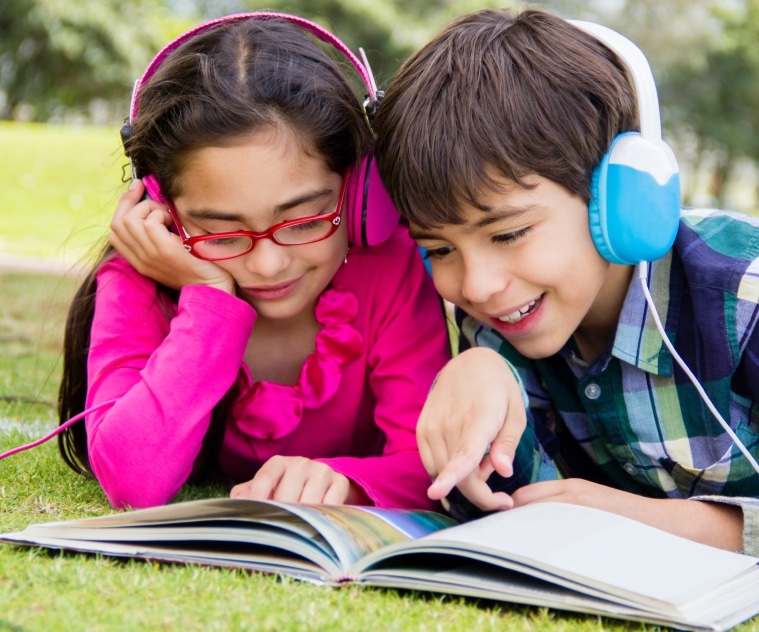
Oksana Zaykina
child psychologist, DEC life school
We have noticed that many students who come to our school, like many modern children of the digital age, need adult help in developing this skill. We have developed several exercises that help children concentrate before starting lessons, before working on their own homework and in other life situations.
We share with you five practices, the effectiveness of which we have seen from our personal experience of working with the students of our school.
Effective practices for concentrating a child's attention
The Minute of Silence practice
This is one of the most effective practices for concentrating a child's attention. We recommend doing it as a ritual at school, before starting any learning activity and at home, before doing homework and at bedtime. When your child masters it, he will always be able to tune in on his own in any life situation.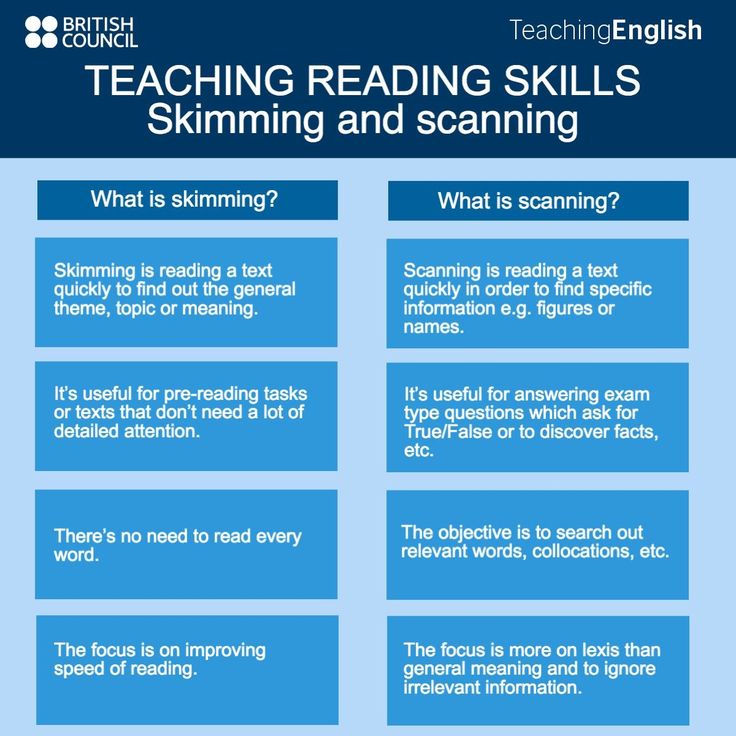
So, invite the child not to speak for a minute after he has sat comfortably and relaxed. During this minute, it is important for the child to focus his gaze on a specific visual object: on an hourglass, on a candle flame, or on a bottle of liquid and sparkles settling in it (a souvenir ball with cereal).
We use just such “bottles” and “balloons” at school, because we can additionally give the child such an important message: THEY CALM AND SET, THROUGH THE GLASS WE CAN SEE WHAT IS HAPPENING AROUND. ALSO THE CHILD CAN FOCUS ON THE DIAL OF THE CLOCK, DESK OR WALL.
In addition to developing the ability to concentrate, he learns to feel the time, begins to understand the speed of its flow. Some older children are more comfortable sitting with their eyes closed during this practice. We offer them to concentrate on their inner feelings. The easiest way to teach a child this variation of the “moment of silence” is by inviting him to focus on his breathing.
Although the practice is called “A Minute of Silence”, it can also be done for 2-3 minutes.
Top Clap Practice
Parents can help their child get ready for class or homework with this simple play practice. Ask the child to stomp if the phrase you say is absurd or untrue, and clap if it matches reality, is true.
For example, you say: “Mushrooms grow on a birch” or “It always snows in summer” and the child stomps. And when you say: “Cucumbers grow in the garden” or “Ice cream tastes sweet and cold,” he claps.
Five or six questions are enough for a child to understand the rules of the “game”. Another 15-20 questions within the framework of this exercise are enough to “turn on” the child and set him up for more routine activities that require concentration.
Look Around Practice
Ask the child to look around the room or classroom and name as many objects as they can that have a particular attribute, whether by color or shape.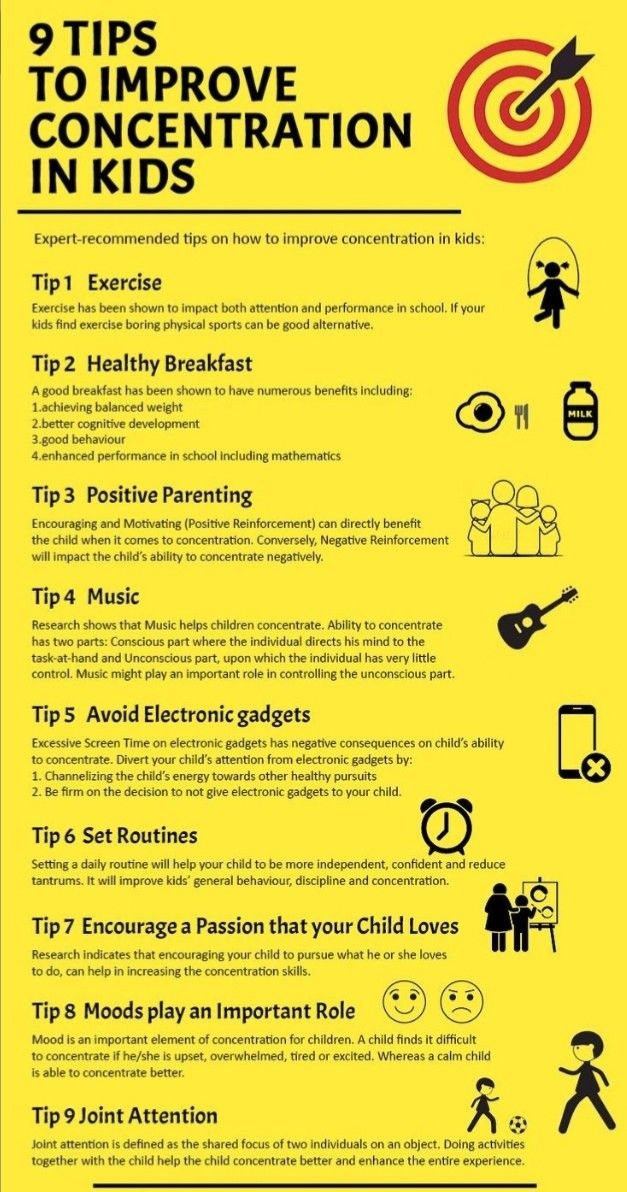 This practice not only works to quickly mobilize concentration, but also expands his attention span.
This practice not only works to quickly mobilize concentration, but also expands his attention span.
For example, a seven-year-old child should be able to simultaneously hold 3-7 objects in his field of attention - this is a good “volume”. A more advanced variation of this practice is Mindful Walking. They also not only develop concentration, but also the amount of attention in children.
While walking along your usual route, invite your child to notice something that he and you did not notice before. Tell him that you will walk for five minutes, trying to memorize as much as possible around, and then compare your results.
Or like this: you will walk for one minute in complete silence, notice all the sounds and visual objects along the way, and then compare your “finds”. The game element will always interest the child more: tell him that he is a "spiderman" and his eyesight, smell and hearing are as sharp as those of his favorite superhero. This will motivate him to play practice better.
Practice "Listen carefully"
You read a passage of text aloud to a child and ask him to silently count and say how many words he heard that began, for example, with the sound "M".
Do Not Go Wrong Practice
Ask your child to count to 30, and don't name numbers that contain "3" or end with "5". This is an excellent and simple practice for concentration before starting a learning activity.
It is very important for parents to understand that when a child's emotions are out of balance, his ability to concentrate and attentiveness fall automatically. Therefore, we use in our practice and recommend to parents such simple tricks as playing with water or loose objects.
Invite the child to pour water into different containers or to sprinkle cereals, mix cereals or beads of different shapes and colors, and ask the child to sort them out. These simple games are very calming in children's emotional state and restore their ability to concentrate. They work most effectively for children aged 3-8 years.
They work most effectively for children aged 3-8 years.
All breathing practices improve concentration, attentiveness and, as a result, learning success in children - we really see this in our practice at school. To help children keep their emotional background in balance, we offer them the "Breathing with a Buddy" technique.
The child lies on the floor, we put his favorite toy on his stomach and ask the child to just breathe and watch how his friend rises and falls smoothly.
We also sometimes offer “Musical Journeys” to children: for 30 seconds with the child, closing our eyes, we listen to recordings of pleasant melodic sounds (a bell or a singing bowl) and ask him to track his feelings in the body - goosebumps ran on the skin, tingling in toes, etc.
WE NOTICED THAT THIS PRACTICE CHILDREN SOMETIMES MAY COMPLAINT ABOUT SOUND DISCOMFORT, BUT THIS PRACTICE DEVELOPS SUCH ADDITIONAL ASPECTS OF ATTENTION SUCH AS PATIENCE AND RESPONSIBILITY.
In conclusion, I would like to remind you of three universal simple home “simulators” for developing concentration and attention in a child.

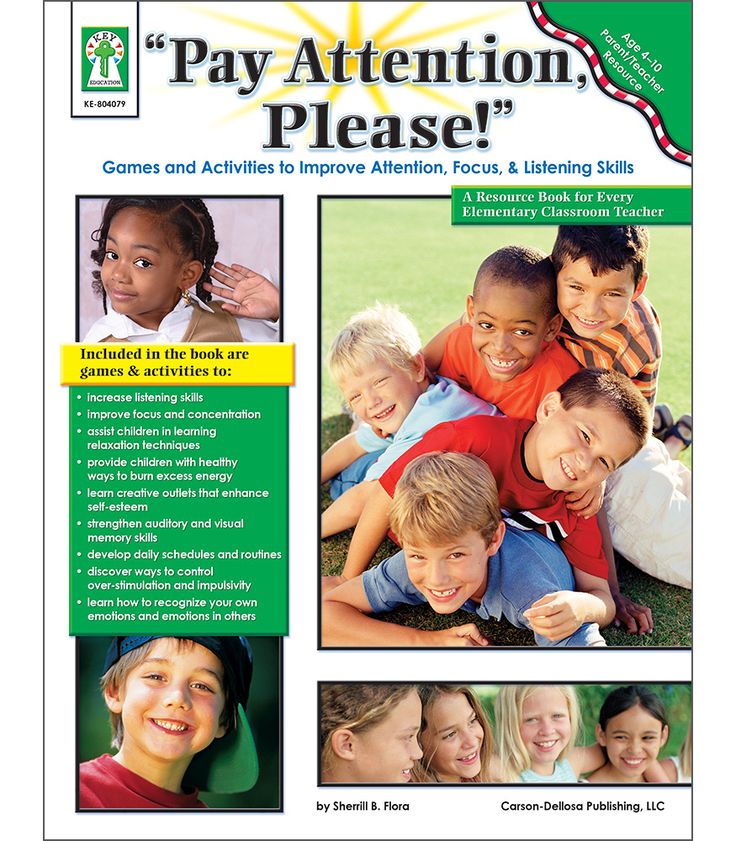
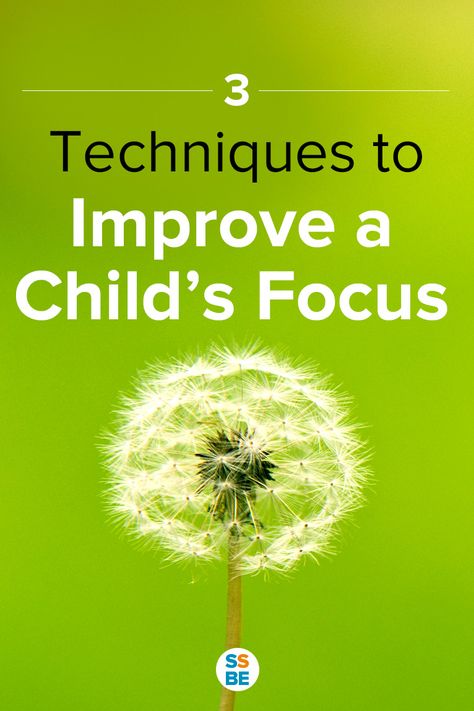 Here are some games that will allow you to develop your child's attention.
Here are some games that will allow you to develop your child's attention. 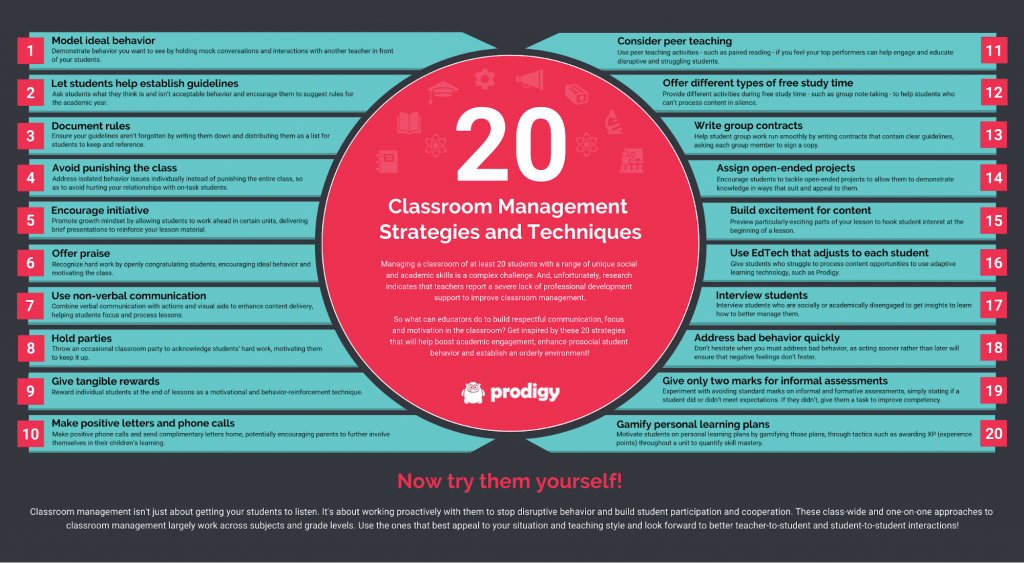 One of the children changes something in their clothes, and the “leader” must understand what has changed.
One of the children changes something in their clothes, and the “leader” must understand what has changed.  .. and his success will surprise you.
.. and his success will surprise you. 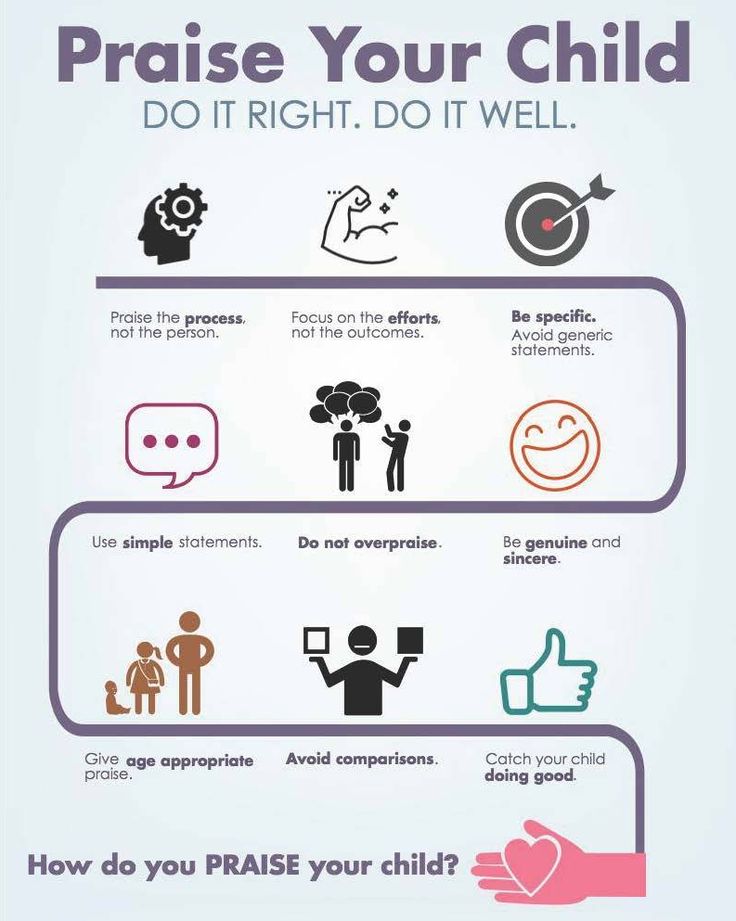
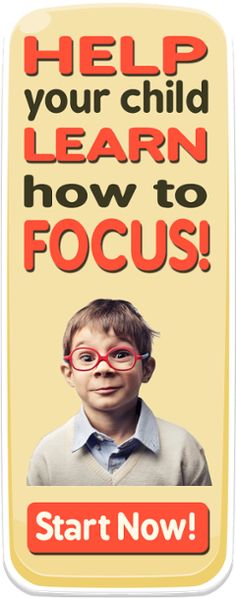
 However, excessive demands on such children and an increase in workloads often lead to overwork, whims and abandonment of activities altogether.
However, excessive demands on such children and an increase in workloads often lead to overwork, whims and abandonment of activities altogether. 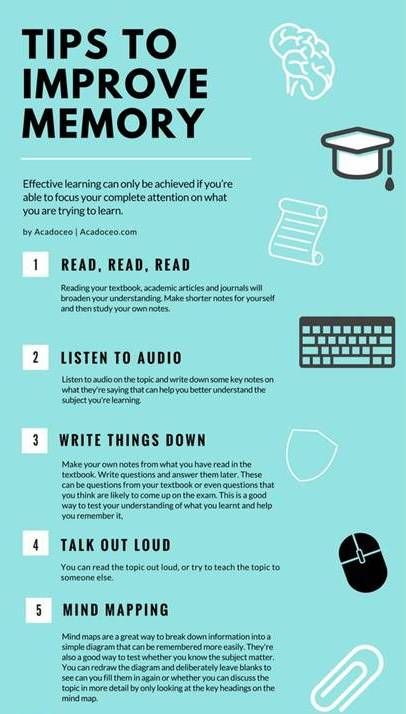 First of all, instructions should be laconic, and contain no more than 10 words. Otherwise, the child will simply “turn off” and will not hear you. Teachers should not give the child several tasks at once. It is better to give the same instructions, but separately, adding the following only after the previous one has been completed. Moreover, it is necessary that the tasks are feasible for the child both physically and in time. Their implementation must be monitored.
First of all, instructions should be laconic, and contain no more than 10 words. Otherwise, the child will simply “turn off” and will not hear you. Teachers should not give the child several tasks at once. It is better to give the same instructions, but separately, adding the following only after the previous one has been completed. Moreover, it is necessary that the tasks are feasible for the child both physically and in time. Their implementation must be monitored.  A hyperactive child, being impulsive, is likely to immediately respond to such a prohibition with disobedience or verbal aggression. In this case, firstly, you need to speak with the child calmly and with restraint, even if you forbid something to him, and secondly, it is advisable not to say “no” to the child, but to give him the opportunity to choose! (If the child is screaming loudly, you can sing along with him some of his favorite songs of his choice. If the child is throwing toys and things, you can offer him water games, which are described in the section "Games played ... (for example, "Balloon fights" ).
A hyperactive child, being impulsive, is likely to immediately respond to such a prohibition with disobedience or verbal aggression. In this case, firstly, you need to speak with the child calmly and with restraint, even if you forbid something to him, and secondly, it is advisable not to say “no” to the child, but to give him the opportunity to choose! (If the child is screaming loudly, you can sing along with him some of his favorite songs of his choice. If the child is throwing toys and things, you can offer him water games, which are described in the section "Games played ... (for example, "Balloon fights" ). 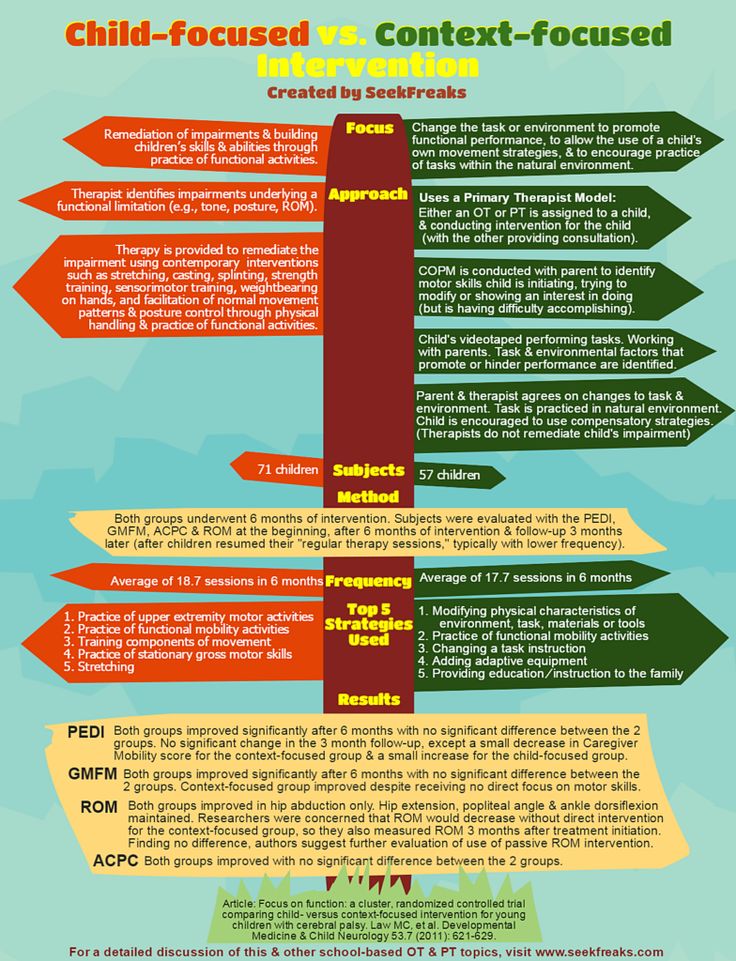 In the case when the child correctly fulfills the set conditions, he certainly deserves a reward, and here it is appropriate to use the system of rewards and punishments, which was discussed above.
In the case when the child correctly fulfills the set conditions, he certainly deserves a reward, and here it is appropriate to use the system of rewards and punishments, which was discussed above. 
